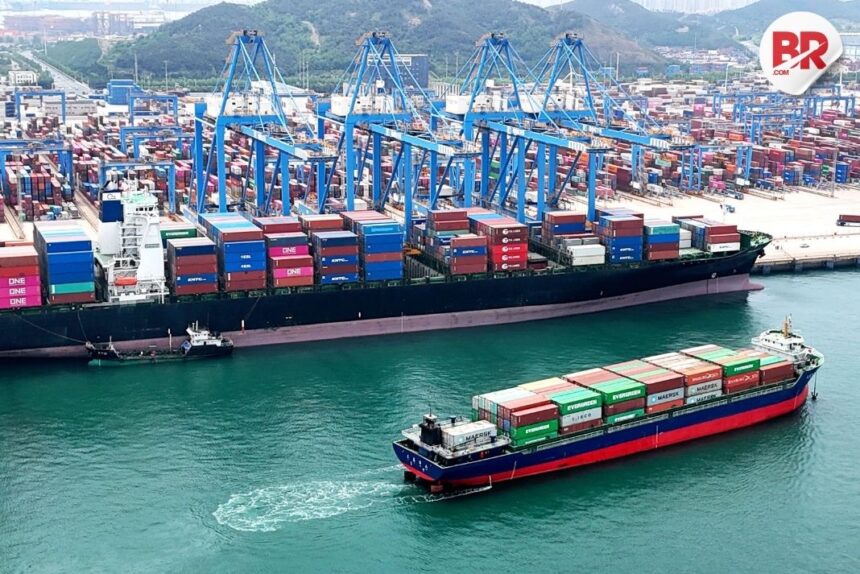
Trade War Escalates: China Hits Back at Trump Tariffs, Markets Tremble
The trade war between the United States and China just took another sharp turn. On Friday, China raised tariffs on U.S. imports to a staggering 125%, striking back after President Donald Trump hiked duties on Chinese goods to 145%. The tit-for-tat tariff war has now reached levels unseen in decades, shaking global markets and sparking fears of a looming recession.
Stocks Slide, Safe Havens Surge
Markets around the world reacted swiftly to the news. Global stocks fell, with the European STOXX 600 dropping more than 1%. Asian indices mirrored Wall Street’s slump, and U.S. government bonds faced a sharp sell-off. The U.S. dollar slipped, and gold – often a safe haven during crises – hit a new record high.

The financial fallout is reminiscent of the early COVID-19 market panic, as traders flee risky assets in search of stability.
Kyle Rodda, a financial analyst at Capital.com, put it bluntly: “There’s clearly an exodus from U.S. assets. A falling currency and bond market is never a good sign.”
Also Read: Tariff War Escalates: China Pushes EU to Stand Against US Trade Pressure
Trump’s Tariff Blitz
President Trump’s trade policies have always been bold, but his latest move is the most aggressive yet. Since taking office, he has now imposed new tariffs on Chinese imports totaling 145%. While he temporarily paused tariffs on other nations for 90 days, the tough stance on China remains firm.
Trump’s approach is simple: punish Beijing for retaliating and force other countries to the negotiating table. But experts warn the plan could backfire, dragging the global economy down with it.
China Responds, but Warns of Limits
China’s latest response was firm but measured. The finance ministry said this would be the final time it matched the U.S. tariff-for-tariff. Future retaliation might come in other forms, as Beijing signaled it won’t continue playing a “numbers game.”
“If the U.S. continues to impose even higher tariffs, it would no longer have any economic significance and would go down as a joke in the history of world economics,” the ministry said.
This suggests China may look beyond tariffs and turn to alternative strategies, such as currency devaluation, trade with allies, or restrictions on U.S. firms operating in China.
Also Read: Swiss Franc at a Decade High—But the Bigger Story Might Be the Dollar
Recession Fears Mount
Economists are raising red flags. Adam Hetts of Janus Henderson warned that recession risks are now “much, much higher” than just weeks ago. The trade war is not only hurting exports but also shaking investor confidence and weakening the global supply chain.
U.S. consumers might soon feel the pinch. Tariffs are driving up prices on everyday items:
| Product | New Tariff Rate |
|---|---|
| Clothing | 37% |
| Toys and Video Games | 30% |
| Computer Parts | 30% |
| Smartphones | 27% |
| Construction Materials | 22% |
| Aerospace Parts | 11% |
| Televisions | 10% |
| Medical Diagnostic Equipment | 10% |
These price hikes could hit both businesses and households, just as inflation remains a major concern.
Looking Ahead
Despite the chaos, the U.S. is still exploring new deals. The White House announced plans to begin trade talks with Vietnam, and Japan’s Prime Minister Shigeru Ishiba is sending a task force to Washington.
But for now, the trade war with China remains the biggest cloud over the global economy.
As governments and businesses brace for more disruption, one thing is clear – this standoff is far from over.












